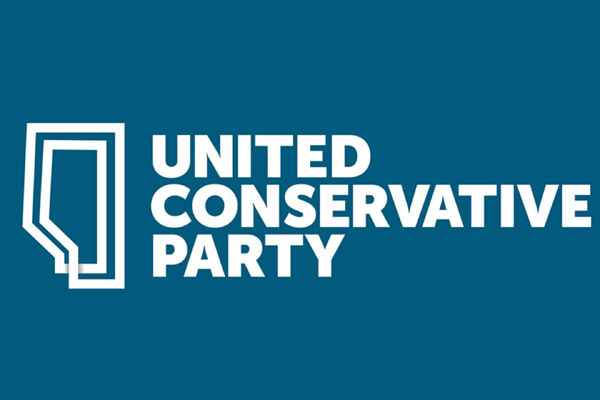Current Temperature
26.2°C
Provincial rather than regional approach to easing restrictions; Hinshaw
Posted on February 11, 2021 by Vauxhall Advance
By Nikki Jamieson
Southern Alberta Newspapers
A gradual easement of health restrictions will see different sectors open up based on a four-step framework.
In a telephone town hall meeting for businesses on Feb. 4, Alberta Premier Jason Kenney and Alberta’s Chief Medical Officer of Health Deena Hinshaw, spoke on what it would take to ease the current health restrictions.
The province is currently implementing a four- step process, based on hospitalization numbers, for the gradual easement of restrictions and re-openings. As of press deadline, Step 1 — a benchmark of 600 hospitalizations — will see the potential easement of some restrictions related to indoor and outdoor children’s sport and performance in schools, one-on-one indoor personal fitness sessions by appointment only and dine-in service at restaurants, cafes, and pubs.
Step 2 — a benchmark of 450 hospitalizations — will see the potential easement of some restrictions around retail, community halls, hotels, banquet halls and conference centres and further easement of some restrictions for activities in Step 1.
When asked if hospitalizations should rise above the step levels, then how quickly will the province return to the previous step and restrictions, Kenney said they will be looking at weekly averages for hospitalization numbers, and they would be looking at a number of trigger factors for returning to a previous step.
“Hospitalizations is a lagging indicator, (if) somebody gets hospitalized about 15 days after they’ve been infected, (it) increases the infection start, that might result from a policy relaxation, start this lag effect there too, so you’re talking about quite a lag,” said Kenney. “We’ll be looking at more immediate metrics when it comes to stepping up, should it be necessary.”
Hinshaw said the combination of the new cases, positivity rate and r-value will determine if Alberta will start to see the number of cases growing again.
“One of the things we have learned from our fall experience is if cases are not under control, they are out of control,” said Hinshaw. “So what seems to begin as a slow rate of growth can very quickly accelerate. So, if we continue to have growth over a two-week time period, and that growth is continuing and not just a few days anomaly, then that will be an indication we need to put in place additional restrictions.”
As of end of day Feb.8, there were 5,831 cases of COVID-19 in the province, with 427 people in the hospital.
One attendee asked whether there would be any opportunities for rural areas with little to no cases to open up. Hinshaw said right now, they continue to see high rates of infection in rural zones, and overall, they continue to see high rates similar to more urban zones.
“The challenge when we look at a very, very localized regional approach, such as we had in the fall, is it often drives activity to those areas that are opened, and can, in fact, sometimes increase risk for those locations that are opened, if it drives activity from areas where there is higher transmission,” said Hinshaw.
“In addition to that, we have seen, in some places, while case numbers are relatively low, hospitalizations have actually gone up. So South Zone is an example of that, where we’ve seen increasing numbers of COVID hospitalizations in that zone despite a lowering number of cases. Whether or not there’s any relationship between people choosing to go for testing or not, it’s hard to say, but I think it’s very important as we currently have greater than 50 per 100,000 cases in every one of our zones, even our rural zones, we remain with the provincial approach until we’re able to reduce this burden on our health care system across the province and until we are able to consider whether or not we might take that more regional approach at some point in the future.”
Leave a Reply
You must be logged in to post a comment.

 Log In
Log In